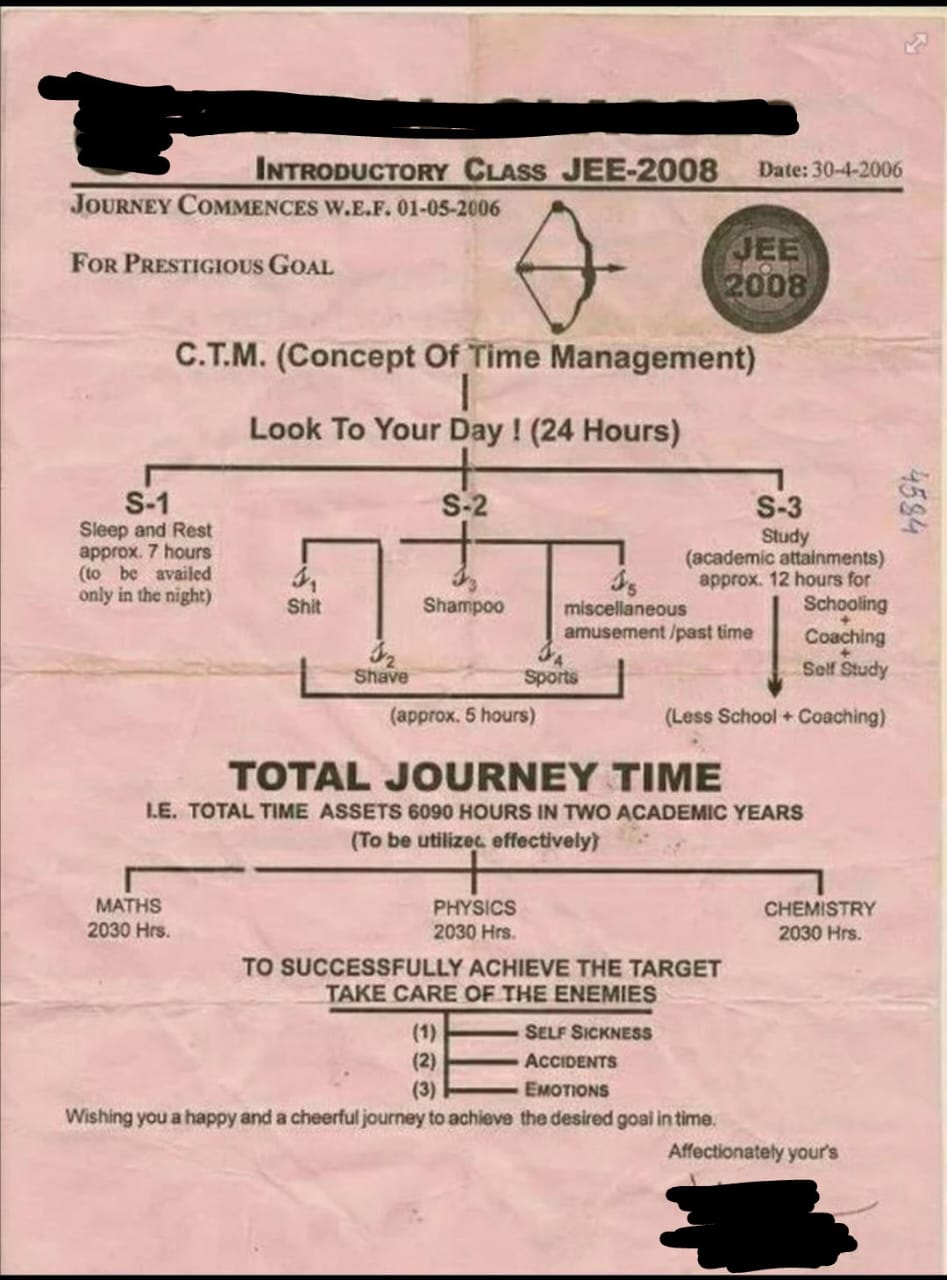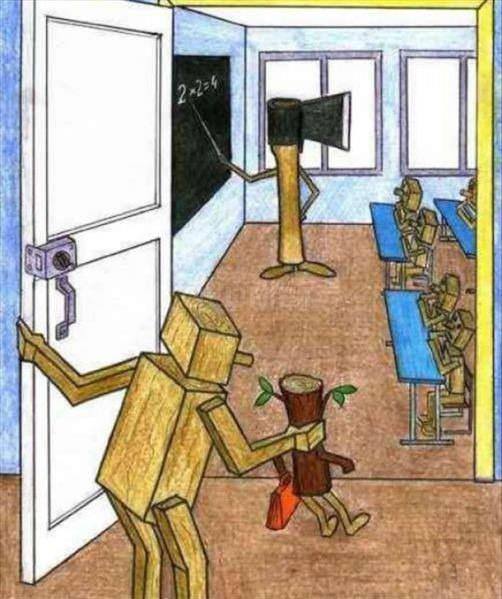Featured
Trending
Thoughts
Media
Contest April 2024
Art & Illustration
Beauty & Fashion
Business
Climate & Environment
Comics
Culture
Education
Faith & Spirituality
Finance
Health & Wellness
History
Humor
International
Literature
Miscellaneous
Music
News
Parenting
Philosophy
Politics
Religion
Science
Sports
Technology
thinkspot
Travel



Fascism and Socialism Are Twin Brothers -...
more_horiz
CanadianLibertarian
April 26 2024 at 10:37 am

My oldest son was a good student in terms of grades and behavior in the classroom, but he was mediocre on standardized tests. He wasn’t bad at testing, and I am not belittling him. However, he was average. He went on to play collegiate football, get married, and have kids, all of which are considered good outcomes. But he didn't get the same consideration as my youngest son, who was a good test taker. My youngest son is a rockstar when it comes to
test-taking. He has exceptional insight into the patterns within the words and
numbers and always scores at the top, regardless of the type of test. He and his brother had similar classroom
grades, but the nationwide tests that they both took showed them to be much
different. However, he wasn’t at the absolute top of the list. The National Merit Semi-Finalist Qualifying
Test (MNSQT) had a rubric that said if the student scored in the top 0.2%, they
were given the label of Semi-Finalist. That said, he did well. I don’t remember the number, but he wasn’t in
the top 0.2%. He began applying to colleges and playing the game of admission,
financial aid, and scholarships. He didn't have the football card that his brother had, but he could appeal to reverse discrimination and get a good outcome. Unexpectedly, our son received a letter congratulating him
on becoming a National Merit Minority Scholar.
We didn’t know what a minority scholar was, so we investigated. We learned it is a revisitation of his test
scores once all the scores from students who list themselves as Caucasian or
Asian are removed. With the upper crust
of test takers now out of the pool, his score became in the top 0.2%. His name was placed on a form that every
university could download, and recognition was sent to his high school. As a national merit minority scholar, he got
national attention. On the back end, the guidance counselor received an
affidavit to complete that affirmed that Alex was a minority. His word was not enough. A copy of his
grandfather’s birth certificate from Puerto Rico was all we needed, and then,
the money started to flow from every corner of the country. Without applying, our son received full scholarships at
multiple universities. That doesn’t
sound strange, but it was. He never
applied to most of the schools that offered him full tuition and fees if he had
only agreed to attend their institution.
They saw his singular accolade, and they wanted it as a feather in their marketing cap. Sure, he has proven himself to be a good test
taker, but a lot of applicants are good test takers. They were offering scholarships without
looking at his classroom grades, behaviors, criminal background, or the like
because he was a minority, and they wanted to show to the world that their
student body was diverse. They knew the
world was drinking the Kool-aid of diversity as a nearly indisputable
justification that diversity leads to all the good things in life outcomes. The mailbox filled up with offers. His phone rang. That all
sounded normal. Some schools offered more than tuition and fees. Some offered
airplane tickets to come. When we went on one visit, we were met by several
other students who had “similar profiles.”
My phone rang one time, asking for him. That didn’t seem normal. He ended up selecting one of those schools, and he has long since graduated without ever paying a dime of Fall or Spring tuition and fees. Our son was the beneficiary of a celebrated form of discrimination. At his high school graduation, I watched as
his friends walked on the stage to receive their diplomas. I wondered if some of his friends who were at
a disadvantage of being Caucasian were going to college for free like he
was. A few were. Most weren't. Yet, that pathway is gone. Like the Jim Crow laws, it only resides in stories like these. As of the writing of this post, the National Merit website now
reads, “Winners are chosen on the basis of their abilities, skills, and
accomplishments—without regard to gender, race, ethnic origin, or religious
preference.” There is no minority scholar referenced on the site now. That advantage our son got is now gone.
The Supreme Court unwound all of this. Yet, it happened. Our oldest son was not the only beneficiary. I put the unused portion of his college savings in a new account
for our grandchildren to use when they are old enough to go to school. I wondered. Had our
youngest listed that he was white on the standardized test form like his
brother did, he would not have received that minority scholarship and that
money would not have been passed from one generation to the next. Just because the scholarship is gone, we
still reap its benefits for at least one more generation.
Trending Topics
Recently Active Rooms
[154175, 154157, 153593, 154173, 49133, 154163, 614, 154091, 60675, 154072, 153381, 1835, 147825, 132224, 148356, 33581, 153914, 48117, 2, 101422, 47054, 1822, 143287, 2314, 112609, 154143, 154152, 154099, 90996, 17088, 154124, 149783, 154074, 153792, 153803, 8305, 150682, 17119, 31713, 154026, 154022, 4583, 154071, 153956, 154021, 132294, 1271, 153807, 151207, 78089, 153787]